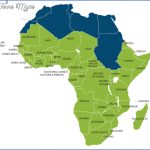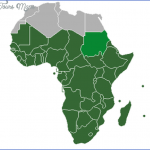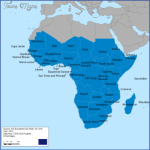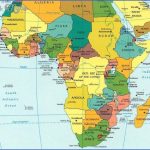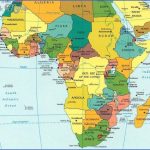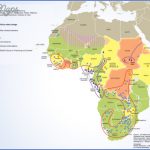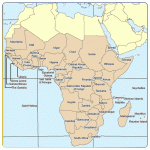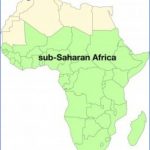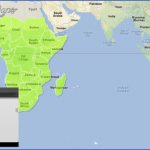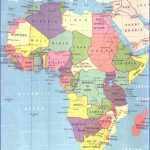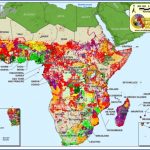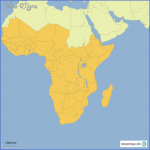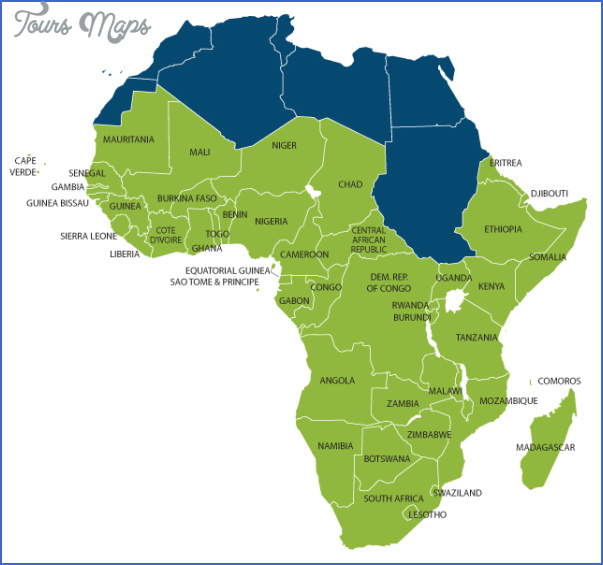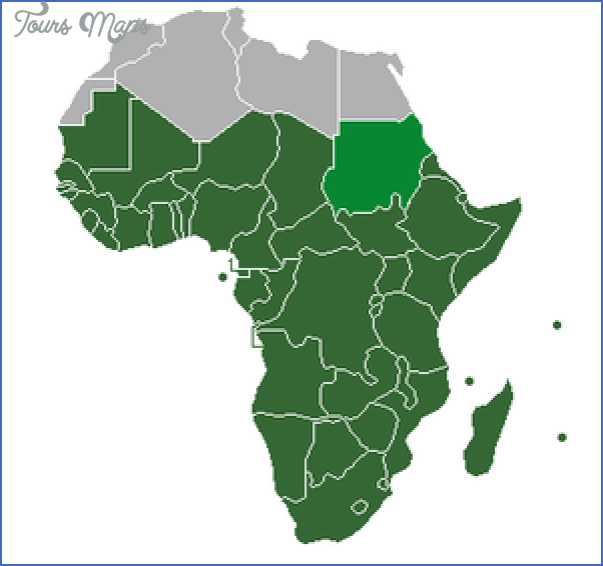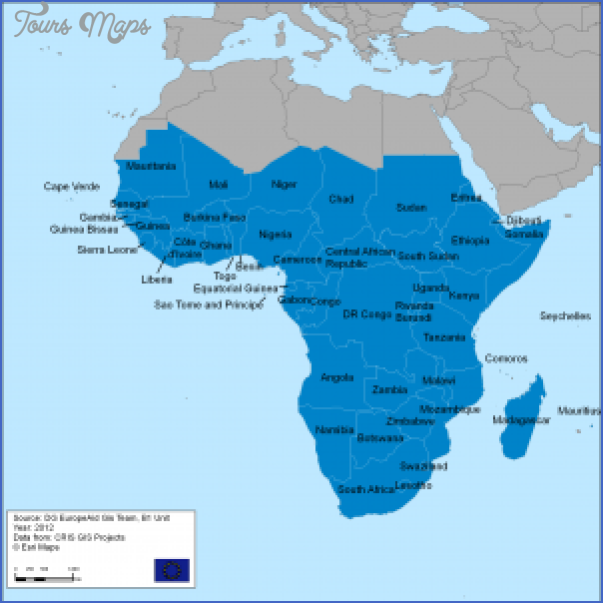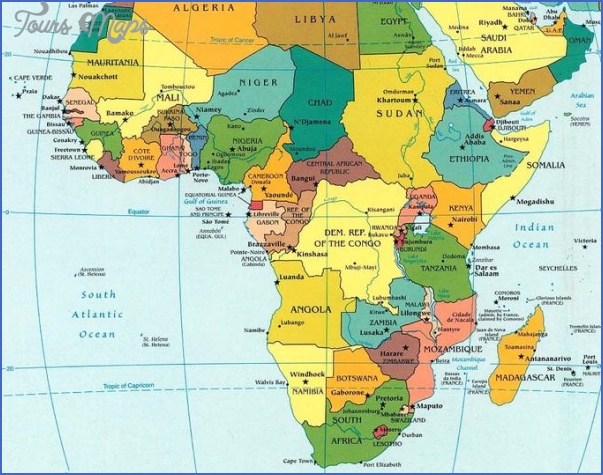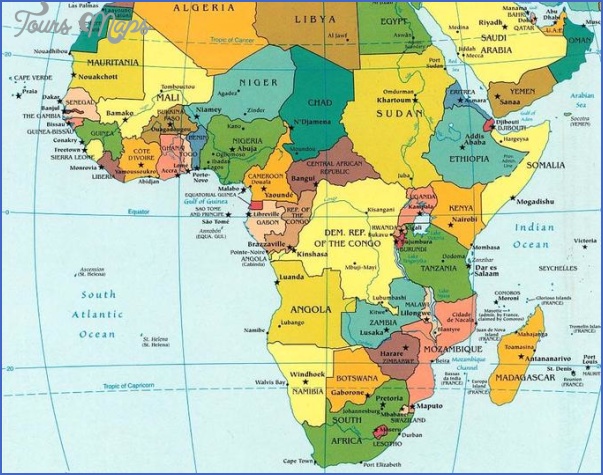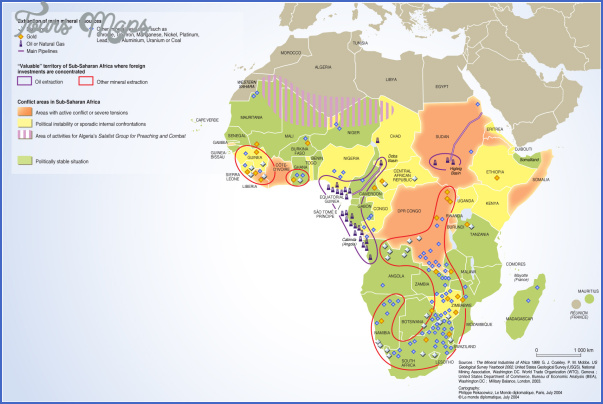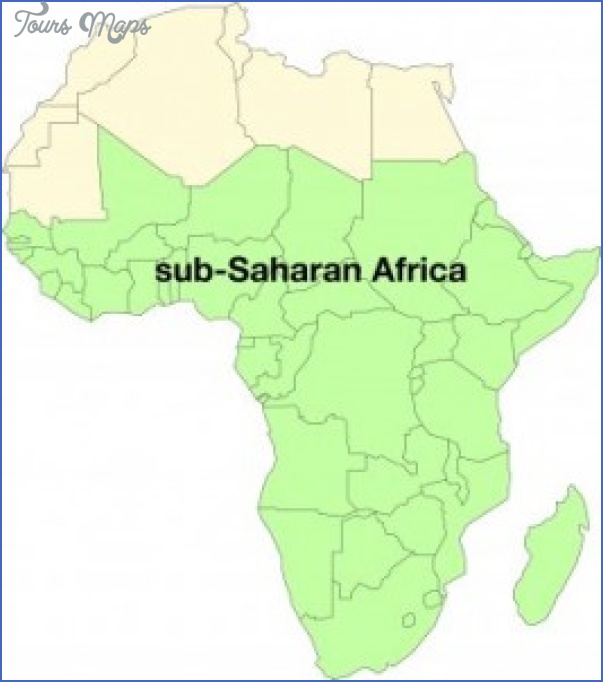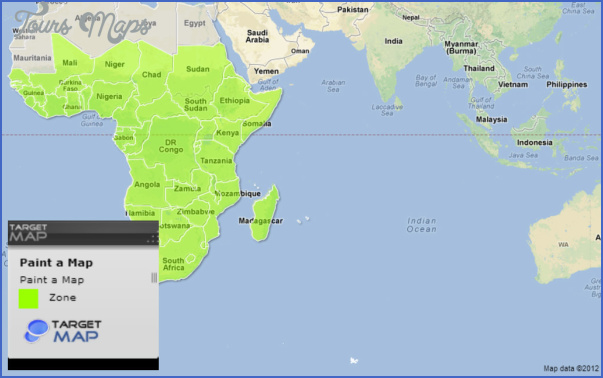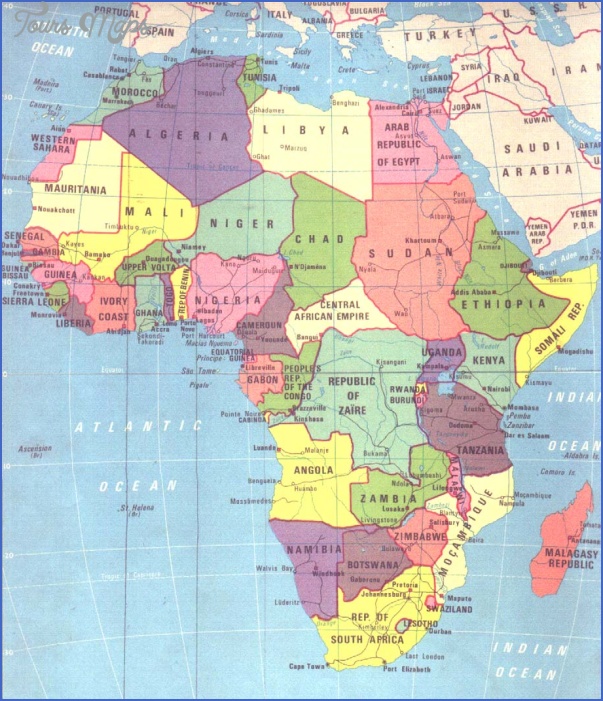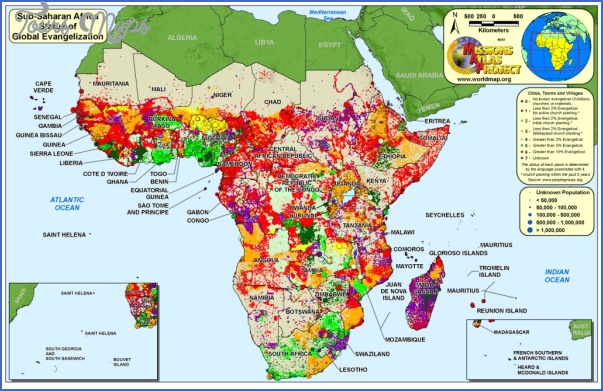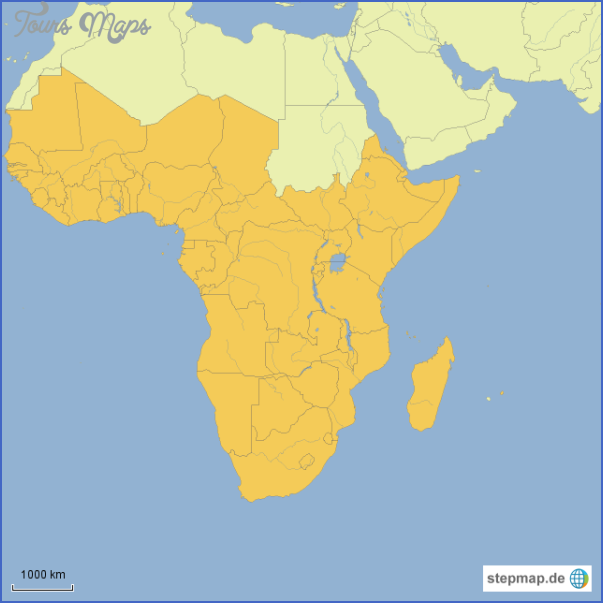The average American has never heard of Upper Volta, Mali, or Guinea-Bissau and probably is not interested. The peoples of Sub-Sahara Africa are mostly black but are anything but a homogeneous race. The Pygmy, the Zulu, the Masai, the Falani, and the Ibo are strangers or actively hostile to each other. At least two thousand languages or dialects are spoken but the language of government is that left by the last colonizing station Britain, France, Spain, Portugal, or Italy. Tribal rivalries make political accord almost impossible within even small countries.
A major reason for the poverty is political. Governments are notoriously inept, corrupt and in many instances, cruel. Since independence, Black Africa has suffered eleven wars, more than fifty coups and the assassination of at least twelve heads of state. Might makes right. Military men rule twenty African countries and civilian rulers dare not leave their countries for fear of being deposed while absent.
Though lacking the industrial capacity to support cities, the peasants overflow urban areas, where 25 percent of the total population already lives. African leaders have held down crop prices to satisfy city dwellers, which only forces more peasants to leave the land.
Like South America, Africa has tremendous undeveloped resources but half of its 455 million people are no older than fifteen years. The population is growing at an alarming rate. Thirty countries have growth rates of over 2 percent a year; ten others have more than 3 percent. Only Gabon has achieved population stability and this is largely because 30 percent of the women have venereal disease.
According to one expert on Africa, Black Africa lives on the international dole. If the East and West were to cut off their flow of guns, money and technology to Black Africa, says this expert, almost every government would collapse in a matter of months.
Americans and Europeans enjoy going on safari in relative comfort and security, a far cry from the days of going to Africa to bag a lion or elephant trophy. Game parks in East Africa and South Africa are well policed and provided with comfortable accommodations. A few lodges overlook watering spots, favored by a variety of animals. Guests can look down at them while there is momentary truce as they drink.
Kenya (pronounced Keen-ya by the British, Ken-ya by the natives) is best known for game parks with a great concentration of elephant, giraffe, antelope, and zebra. Surprisingly one of the large animal parks is adjacent to the capital city, Nairobi. Not far away by rented limousine or day-tour live the Masai, whose men are never seen without their spears and whose test of manhood is to use the spear in killing a lion.
In all about 7.5 percent of Kenya is given over to National Parks and Animal Reserves. There are eleven national parks and twenty-two national reserves, nearly all of which have game lodges within their boundaries. Really small hotels, most game lodges have terraces from which game can be viewed. Parks are under central government authority; reserves are controlled by a local authority. The five most popular parks are the Masai Mara, the Nairobi National Park (just outside of Nairobi, the capital of Kenya and its only city), Meru National Park (home of the white rhino), Amboseli (which sits at the foot of Mount Kilimanjaro, Africa’s highest mountain), and Tsavo (where the largest elephant herds live).
Kenya is also for bird lovers. More than twelve hundred species have been listed. Lakes Bogoria and Nakuru see a million or more flamingos so crowded together that they form a shimmering pink mass.
Nairobi is one of the few modern cities in Black Africa. Within eighty years it has grown from a village to a city of more than 800,000. It is the most popular safari base in Black Africa and the major air transit point for East Africa. The months of July and August Kenya’s winter are the coolest and driest.
Tourism to Kenya’s coast has grown rapidly since 1970. In 1980, 650,000 visitors left $120 million, more money than from any other export. Sadly the country of Kenya is being overwhelmed by population, too many to be supported by the agricultural lands and methods available. Kenya’s birthrate is one of the highest, perhaps the highest in the world. Corruption in high places is common.
Zambia and Zimbabwe share Victoria Falls, a falls twice as big as Niagara Falls. The force of the falling water raises a cloud of spray that can be seen twenty miles away. Zambia also has a large wildlife park.
Visitors to Tanzania think first of the Ngorongoro Conservation area, highlands with peaks, collapsed volcanoes and rift walls. The Ngorongoro Crater has walls of two thousand feet and a crater which varies from ten to twelve miles that is covered with some twenty-five to thirty thousand animals. About two-thirds of the crater floor contains short grass, and the crater also has permanent fresh water. Mt. Kilimanjaro is 130 miles away. The Serengeti Plains are not far away, a prime area for animal-watching safaris.
West Africa is a string of little countries, most bordering the Atlantic. None of them was a nation until after World War II. That can be said of most of the African nations. Strangely, each has a vote in the United Nations, no matter how poor, small or otherwise insignificant. Many had only a handful of university graduates as citizens when becoming a nation.
West Africa occupies the big bulge of land in the west which includes Senegal, the Gambia, Guinea-Bissau, Guinea and Sierra Leone. Farther south along the Atlantic are Liberia, the Ivory Coast, and Ghana.
Not many Americans visit West Africa. One reason is that malaria is endemic. Ninety percent of the people have it. There are some good beaches but the distance from the United States and travel costs are so high and health hazards so great that other options take precedence. Dakar, capital of Senegal, is a big transit point for West Africa.
Sierra Leone and Liberia have interesting origins. About 600,000 persons in Sierra Leone are called Creoles, descendents of black settlers from Great Britain or North America. In Liberia about 45,000 are descendents of emancipated slaves from the United States. Ironically they now constitute the elite of the nation and have until recently controlled the government and much of the wealth.
Nigeria is an important country not because of its accomplishments but because of its physical size, population of eighty million (the largest in Africa), and production of large amounts of oil.
Bordering Nigeria on the north is Niger, a desperately poor and hot country.
South of Nigeria on the coast is Cameroon. Referred to as the hinge of Africa, it is the western port of the continent on the Gulf of Guinea (an arm of the Atlantic), about midway between Senegal and the Republic of South Africa. Equatorial Guinea is the next country south, followed by Gabon. Gabon, it may be remembered, was where Dr. Albert Schweitzer, world famous humanitarian physician/musician/philosopher, had his hospital.
The Ivory Coast represents the best of West African countries. It has had no coups, no mass rioting, no tribal wars. Moreover it has the highest standard of living in Black Africa and its $1,060 per capita income is one of the continent’s highest. It is Africa’s largest coffee producer and ranks first in world cacao production. Independence from France was gained in 1960 and French wines, cheeses, and canned goods are plentiful in French supermarkets. In Abidjan, the capital, the Hotel Ivoire has an ice-skating rink. There is also a Club Med nearby.
Having said this, here are some other statistics. Literacy is 25 percent, life expectancy forty-six years. More than half of all Ivoireans believe deeply in animism, a cosmos where the boundaries between man and spirit blur, dream and reality blend and meld. Panther-men of the W’e tribe spend seven months living in the bush as wild animals. At the Abidji tribe’s Dipri festival, an hour’s drive from Abidjan, pandemonium reigns. A man plunges a knife into his abdomen, pulls out a portion of his intestines, pushes them back in, then makes the wound heal by rubbing it with egg, herbs and kaolin. The elephants, whose tusks the country is named for, are being poached out of existence. Twenty-five years ago dense forests covered a third of the country. Less than 10 percent of the country is now wooded. The Club Med places malaria-prevention pills on the dining tables along with the salt and pepper shakers.
Unless travelers want to live dangerously they should avoid Central African countries like the Central African Republic, the Congo, and Zaire. They present not only a variety of health hazards but unpredictable transportation, poor accommodations and possibly personal danger. In Zaire mobs have been seen pulling a driver from a car that has struck a pedestrian and beating him to death on the spot.
The visitor to several Black African countries can be infested by such exotic maladies as green monkey disease, a viral infection. Victims develop a high fever and start bleeding from the mouth and rectum. Death usually follows within a week. The tsetse fly, carrying sleeping sickness, is still around in some countries. In Upper Volta tiny black flies known as Buffalo gnats, burrow into their victims, penetrate the eye and cause partial or complete blindness. The elastic layer of skin can be destroyed, causing itching so constant and painful that suicide is common.
SUB-SAHARA AFRICA Photo Gallery
Maybe You Like Them Too
- Sanctuary Makanyane Safari Lodge SOUTH AFRICA
- Ruzizi Tented Lodge Akagera National Park, Rwanda
- Map of BOTSWANA – Mombo Camp BOTSWANA
- One & Only Nyungwe House RWANDA
- South Luangwa National Park Safari

